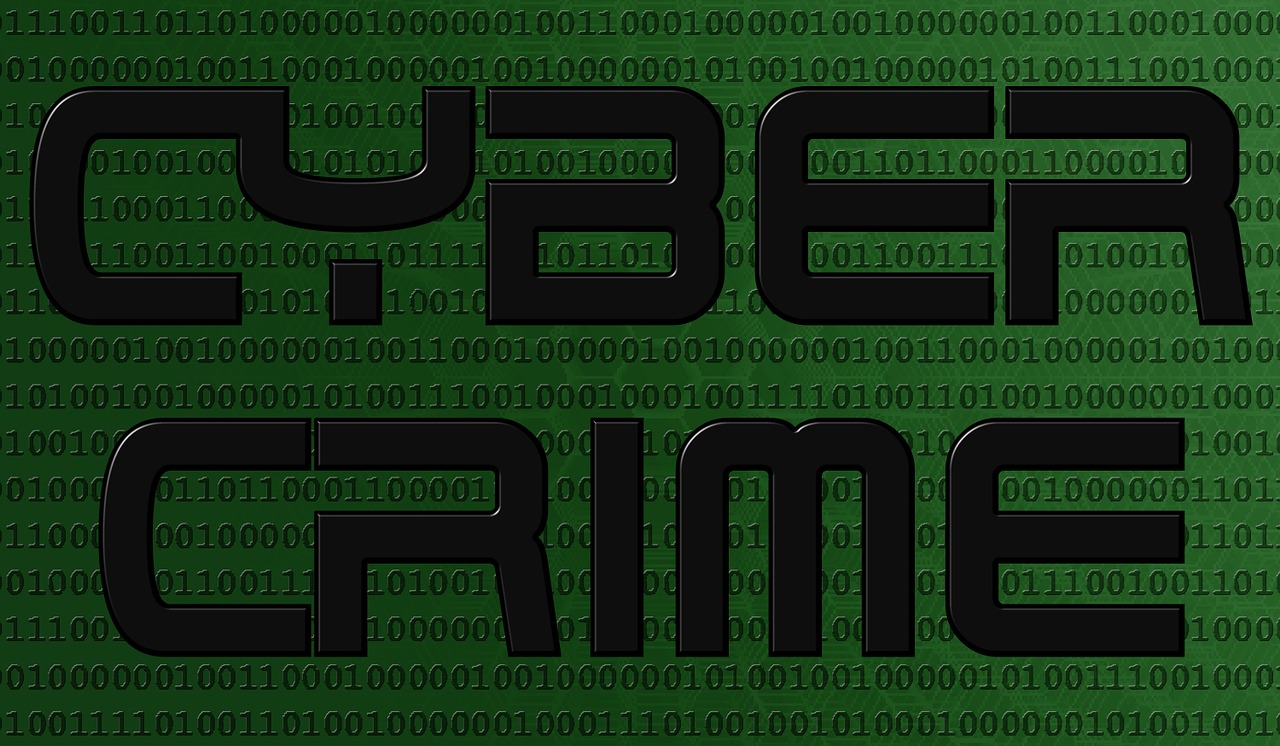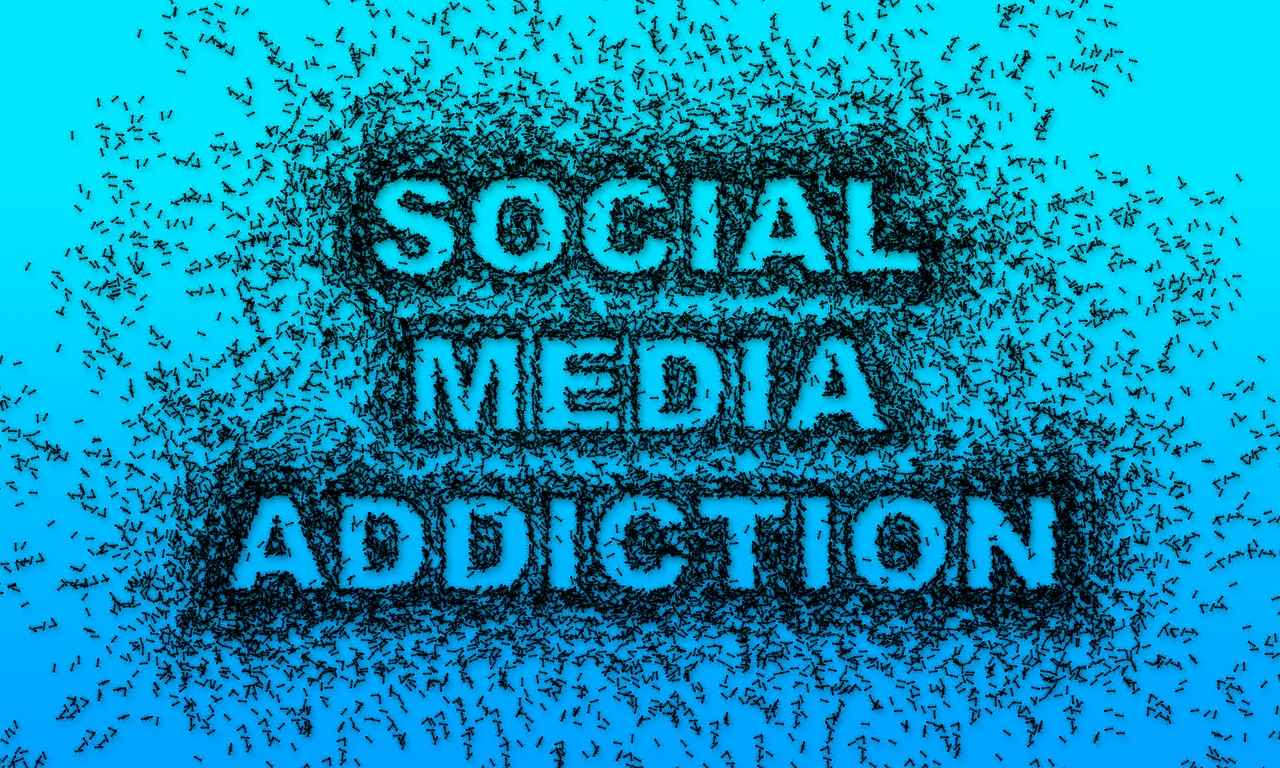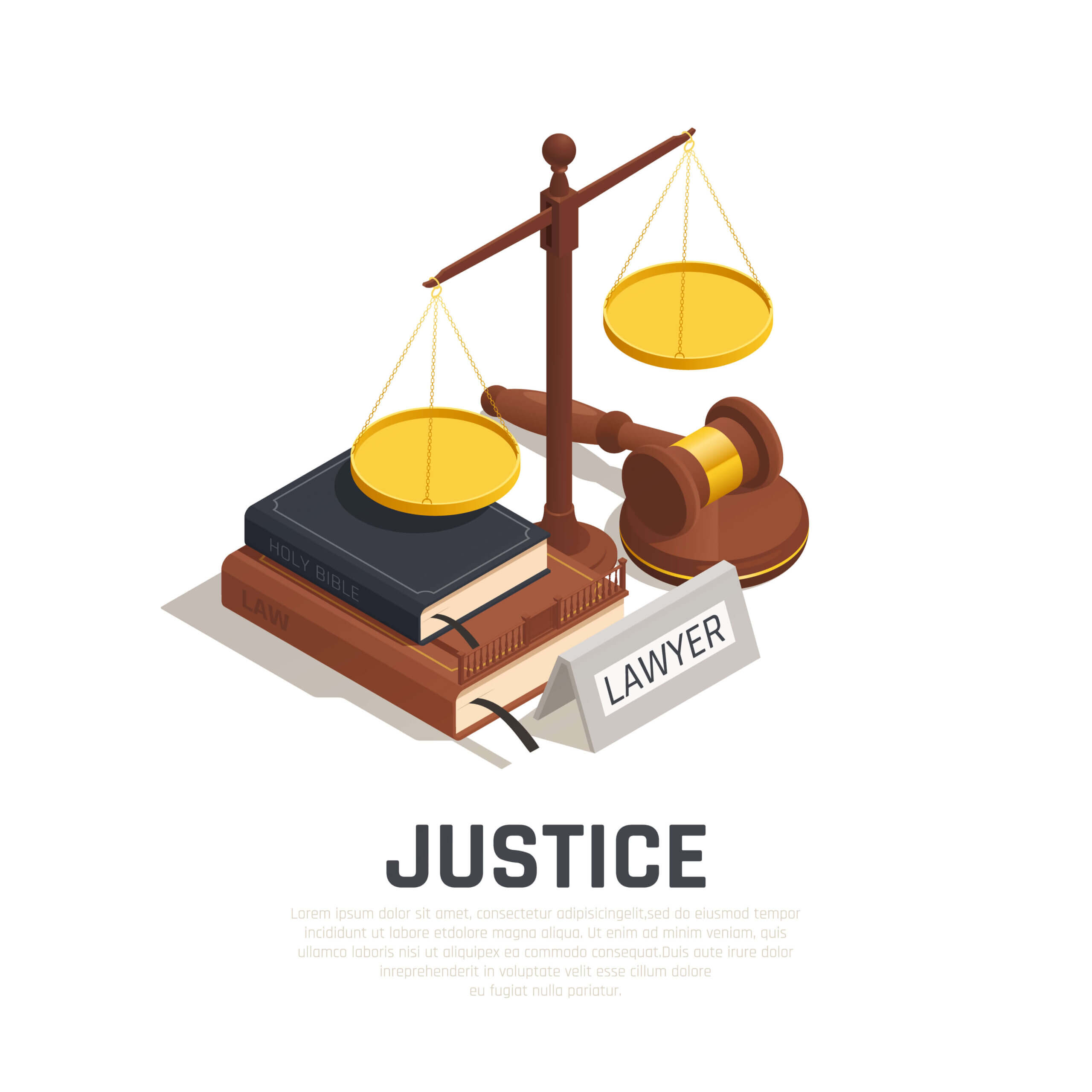[Editor’s note: This guest post from Brooke Cade takes an interesting angle, investigating how having strong crisis management planning actually serves to help improve employee morale – yet another benefit of planning in advance! After all, employees with high morale are more productive, more engaged, and better able to assist the organization in the midst of the crisis situation. It just makes sense.]
Nobody wants to think about what happens if the worst-case scenario comes to pass—particularly when it comes to your business. We can all hope and cross our fingers, but, if something does happen, the best-prepared will most likely emerge the least scathed. If you polled your employees today, do you think most of them would trust you to have a plan in place to deal with crises, or would most expect the winds of fate or luck to carry the day if something happened?
Focusing on fostering loyalty within employees will help them have better morale during a crisis than they otherwise would. Great leadership builds that employee loyalty, and showing that the company is ready for crises is one way to build it. People feel safer when they see that their leaders are building a secure and stable company for them to work in even if a crisis hits.
Employee morale during a crisis will be much higher if there’s a good crisis management plan in place so that employees know what to do. Without a good plan, they can feel overwhelmed, not being able to see anything except inevitable failure. But with a good plan, they can think, “Because we have this plan, we know what to do. We’ve practiced this. It’ll be okay.”
Understanding and Practicing the Plan
Employees need to review the plan in advance and see that it protects them. Their loyalty will grow with their sense of security, so bring in whatever help you need to create a well-thought-out plan. Remember, customer loyalty is actually closely tied to employee loyalty. And you’ll need your hard-working, loyal employees during a crisis and after it’s over.
It’s crucial to practice the plan. Even the best plan won’t be effective if no one has practiced it. But if they have, employee morale and confidence will be higher during a crisis. They’ll think, “We’ve rehearsed this scenario, it’s really happening now, so let’s go into this mode and activate such and such process”—which they’ll have available to them because they’ve experienced it in simulations.
Two Key Crisis Activities
So, what can employees actually do during a crisis? Here are two key activities to help your operations continue and your organization to emerge as unscathed as possible on the other side. When employees know about these before a crisis, they’ll feel more prepared to take action during a crisis—and more confident. These activities will give them a focus for their energy, improving their morale by making them feel competent to battle the storm.
Seek Solutions
During a crisis, employees can spend time brainstorming and designing solutions that will satisfy customers and win back their trust. For example, when Cyanide was placed in Tylenol bottles on shelves in 1982, Tylenol recalled 31 million capsules. Then, Tylenol added tamper-resistant packaging to their bottle, which helped the company recover their sales to almost the level from before the crisis. So, employees during the crisis were working on solutions to the crisis while it was happening: they thought up and designed the new packaging and then performed the hard work updating their manufacturing process. Imagine how focused and motivated they must have been to design improvements to their product in that situation!
Public Relations
Another task is managing media and public relations. During a product recall crisis at Mattel in 2007, employees called journalists at 40 media outlets and told them they had sent them all emails, which explained the reasons for the recalls. The emails also invited them to important teleconference calls and interviews. They eventually responded to 300 U.S. media inquiries. Getting important information out to the public can be an enormous job today when the media are so extensive, but it’s vital for large companies. Protecting future sales is a key to survival. And in a mass market, managing your reputation through public relations will give consumers the confidence to buy from you in the future.
It’s important for employees to know the roles and responsibilities they’ll have in a crisis before it hits. They need to practice the systems in a crisis management plan as much as a pilot needs to practice what to do during an engine failure. A great leader will carefully prepare for many types of crises and win employee loyalty and trust by showing that you’ll all make it through safely together.
About the Author: Brooke Cade is a freelance writer who’s committed to helping businesses and sales professionals build stronger connections with their customers. She writes for multiple publications including InMoment. In her spare time, she enjoys learning more about CX, reading, and engaging on Twitter.













